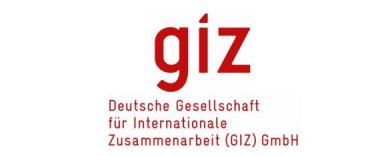This study examined the use of various sources of cooking energy among urban households
in Zambia, and analyzed urban households’ energy choice and charcoal consumption
decisions using econometric models. Overall, charcoal is the most common source of main
cooking energy in urban areas, followed by electricity, and lastly the other non-specific
sources, such as gas, and kerosene. Of the three main sources considered in this study (i.e.,
electricity only, charcoal only, and a mix of charcoal and electricity) charcoal accounted for
almost half (44%) of urban households, followed by a mix of charcoal and electricity
representing 38%, and lastly electricity only accounting for 17% of urban households. It is
therefore evident that charcoal is widely used in urban Zambia as a source of cooking, either
on its own or in combination with electricity, similar to findings by others (Chidumayo et al.
2002). Further, we find that even among electrified households, charcoal was commonly used
in combination with electricity, more than electricity only, an indication of pervasive fuel
stacking, rather than fuel switching.




























